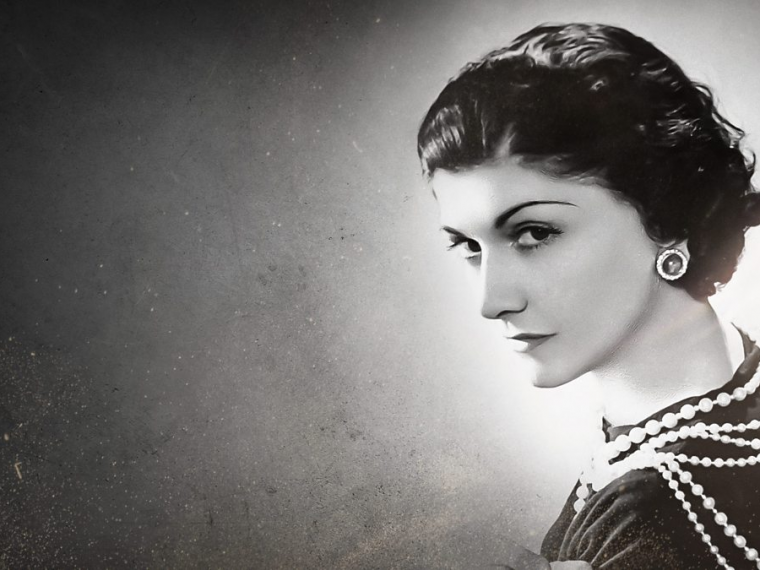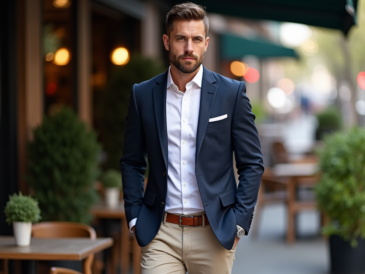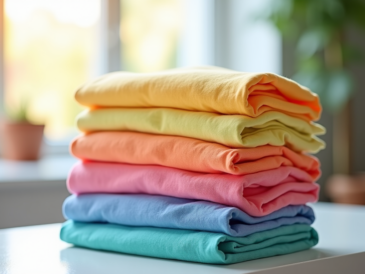When you hear the name Coco Chanel, images of timeless elegance, innovative designs, and the quintessential Parisian chic might float into your mind. Coco Chanel not only changed the way women wore clothes but also challenged the fashion norms of her times, forever leaving her mark on the fashion world. As the founder of one of the first major luxury fashion houses, Chanel’s brand eschewed fleeting trends in favor of creating enduring styles that have remained iconic to this day. In this article, we will explore some interesting facts about the legendary fashion designer who, having started her career designing hats, went on to becoming a symbol of sophistication. The main question of this article is how Coco Chanel revolutionized fashion, and the answer is found in her commitment to liberating women from the restrictive fashions of the past by introducing to the world sensible luxury – a blend of comfort with grace.
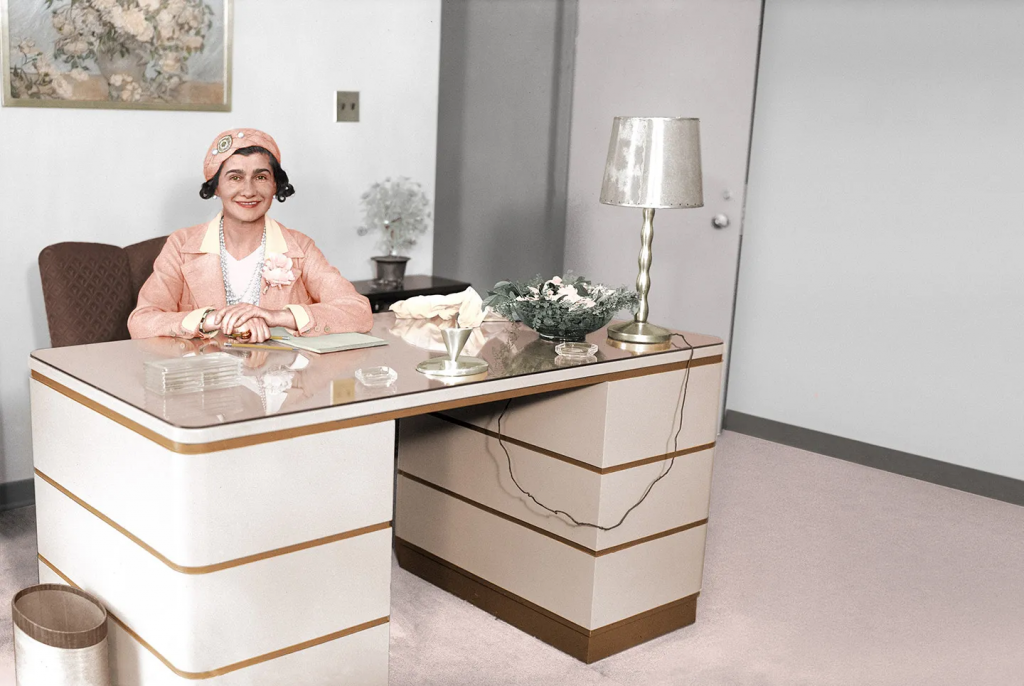
The Early Years of Coco Chanel
Coco Chanel, originally named Gabrielle Bonheur Chanel, was born in 1883 in Saumur, France. At twelve years old, following her mother’s death and her father’s abandonment, she was sent to an orphanage. It was in the orphanage that Coco Chanel learned the art of sewing, a skill that would lay the foundation for her career in fashion. Despite her humble beginnings, Chanel was characterized by her remarkable ambition and fierce independence – traits that were to become defining aspects of her journey to success.
From Orphan to Entrepreneur: The Making of an Icon
Elevating herself from her austere origins, Chanel became associated with a wealthy textile heir, Étienne Balsan. It was through Balsan that she first ventured into the fashion world, starting her career by designing hats for his fashionable friends. Her hat-making venture quickly became popular, sparking the birth of the Chanel brand. Around 1913, she started opening her own boutiques, which expanded from hats to clothing, marking Coco Chanel’s full foray into the fashion industry.
Humble Beginnings and the Birth of Ambition
Coco Chanel’s story is one of relentless ambition and the pursuit of a dream, despite the odds. Starting with nothing, she became every bit the epitome of the self-made woman. Armed with an unerring eye for design and a clear vision for her brand, she began to make a name for herself among fashions designers and well-heeled clientele. Her goal was not just to create clothes, but to create an identity that resonated with the newfound liberation of women in the early 20th century.
The Chanel Brand Evolution
The Chanel brand has experienced a sweeping evolution from a modest millinery shop to becoming one of the most recognizable luxury labels across the globe. Chanel introduced practicality and comfort into women’s wardrobes when excessive ornamentation and intricate designs dominated the fashion landscape. She championed a new look that defied the rigid styles of the prior years, giving rise to a modernist aesthetic in the fashion houses of the time.
Beyond the Little Black Dress: Innovations That Changed Fashion
Coco Chanel is often credited with inventing the “”little black dress,”” a staple that would become a must-have in every woman’s wardrobe. It exemplified Chanel’s less-is-more philosophy, showcasing a design that was both accessible and infinitely elegant. However, her contributions stretch far beyond this single garment. One of her most famous innovations, the Chanel suit, revolutionized womenswear with its elegant, yet comfortable and functional design.
The Introductions of the Chanel Suit and No. 5 Perfume
The Chanel suit, with its collarless jacket and well-fitted skirt, embodied Chanel’s vision for the modern woman: professional, stylish, yet unrestrained by corsetry. Then came another iconic creation, Chanel No. 5 – one of the first perfumes to be named after a fashion designer. Launched in 1921, No. 5 perfume became an instant classic, setting the stage for the success of designer perfumes today.
Coco Chanel’s contribution to the world of fragrance can be best appreciated through a comparison of Chanel No. 5 with the other perfumes available during her time.
| Aspect | Chanel No. 5 | Other Perfumes of the Era |
|---|---|---|
| Composition | Complex blend of aldehydes and floral notes | Single-note floral fragrances |
| Packaging | Minimalist and modern | Ornate and decorative |
| Naming | Named after the fashion designer | Often given fanciful, descriptive names |
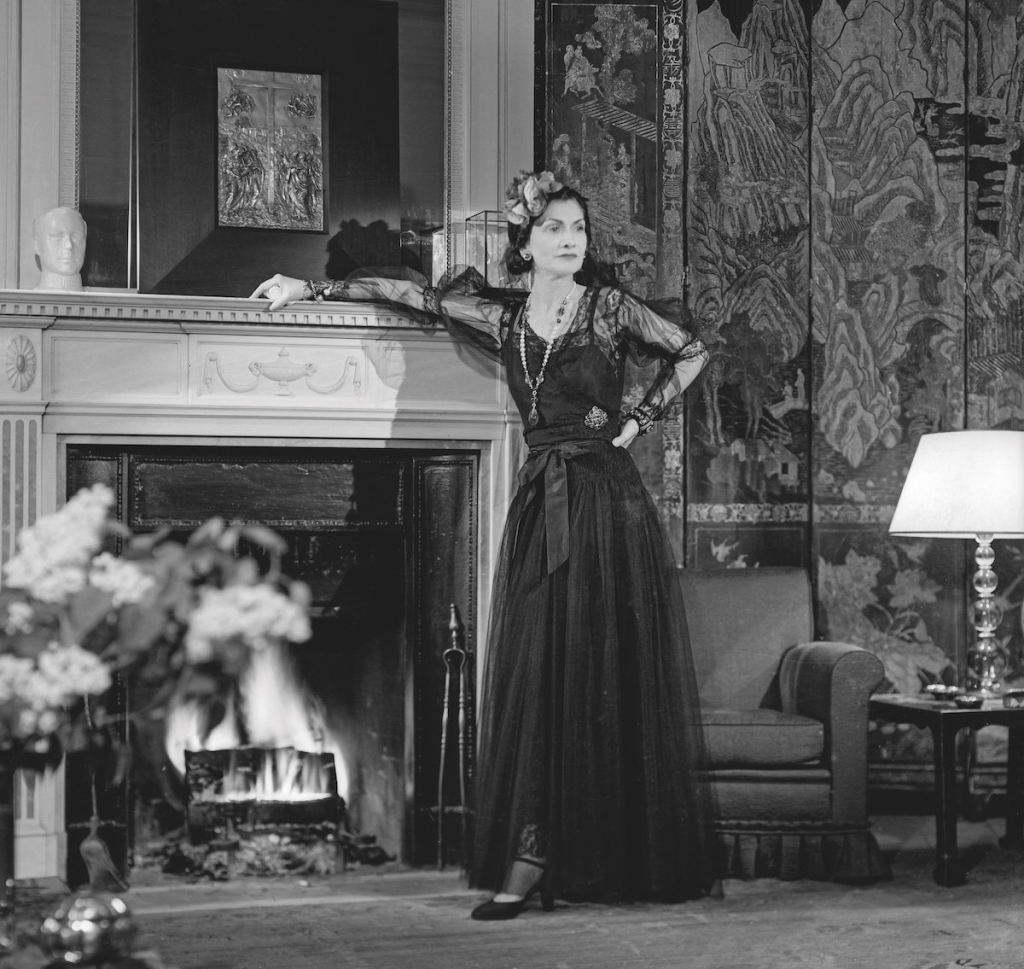
Coco Chanel’s Impact on Women’s Fashion
Coco Chanel’s avant-garde approach to fashion went hand in hand with the evolving roles of women in the early 20th century. As women stepped out into the workforce and gained social freedoms, Chanel’s designs offered them suitable attire that didn’t compromise on style or femininity. In stark contrast to the heavily structured dresses of the past, her clothing allowed for comfort and movement, which was revolutionary at the time.
Challenging the Status Quo: Coco’s Vision for Female Empowerment
Coco Chanel once stated, “”Luxury must be comfortable, otherwise it is not luxury.”” This tenet was a guiding principle in her redefinition of womenswear. By creating empowering attire that didn’t sacrifice utility for aesthetics, she carved a niche in the fashion world where function and high fashion were no longer mutually exclusive. Her approach to high-end wear did not merely change the way women dressed, it influenced the way they perceived themselves and their place in society.
The Liberation of Women’s Clothing
With the introduction of innovations such as jersey fabric and simpler lines, Chanel helped women break free from the restrictive clothing of the time. Here, we’ll look at the trajectory of how Chanel’s fashions mirrored the women’s liberation movement:
- Chanel starts designing comfortable, practical garments at a time when restrictive corsetry was the norm.
- The Chanel suit emerges as a staple for the modern, working woman who values sophistication and ease of movement.
Personal Life and Controversies
Coco Chanel’s personal life was as complex and scrutinized as her fashion designs. Heavily publicized for her romantic connections with several prominent men, her relationships often influenced her brand and business. Her personal affairs, however, were not without controversy, with her wartime activities during the German occupation of France causing significant consternation and debate to this day.
The Enigmatic Love Life of Coco Chanel
Coco Chanel never married but her name was frequently linked with that of powerful and wealthy men, some of whom were crucial in establishing and promoting the Chanel brand. Among them were the Duke of Westminster and the Russian composer Igor Stravinsky. Chanel’s love life was as much a subject of fascination as were her elegant designs.
Partnerships and Scandals
Perhaps the most controversial aspect of Coco Chanel’s life was her relationship during WWII. During Nazi occupation, Chanel’s affiliations with German officer Hans Günther von Dincklage raised suspicion of collaboration and led to her brief arrest after the liberation of France. This chapter of her life mired her reputation, becoming a point of contention both during her life and posthumously.
Chanel’s Enduring Legacy
Decades have passed since the death of Coco Chanel in 1971, yet her presence still looms large in the world of fashion. The designer’s ingenuity and refined chic continue to inspire contemporary designs, and her fashion house remains a significant player in the luxury market. Chanel’s legacy is a testament to her ability to capture the essence of her time while also creating something timeless.
The Timelessness of Chanel’s Creations
Coco Chanel’s creations have stood the test of time, and her visions still influence current fashion trends. Her work strikes a balance between classic and innovative, imparting a sense of elegance that never seems to fade. Her designs are not only part of fashion history; they are also integral to the future narratives of style.
How Modern Fashion Still Echoes Chanel’s Influence
The Chanel brand continues to be a benchmark for style and is often where modern-day designers look for inspiration. With Chanel’s fashion philosophy deeply embedded, let’s explore some of the ways her influence is still visible today:
- Chanel suits remain a symbol of power dressing for women worldwide, still reflecting the need for elegance and functionality.
- The little black dress, akin to a canvas, continues to be reinterpreted by designers each season, never losing its appeal.
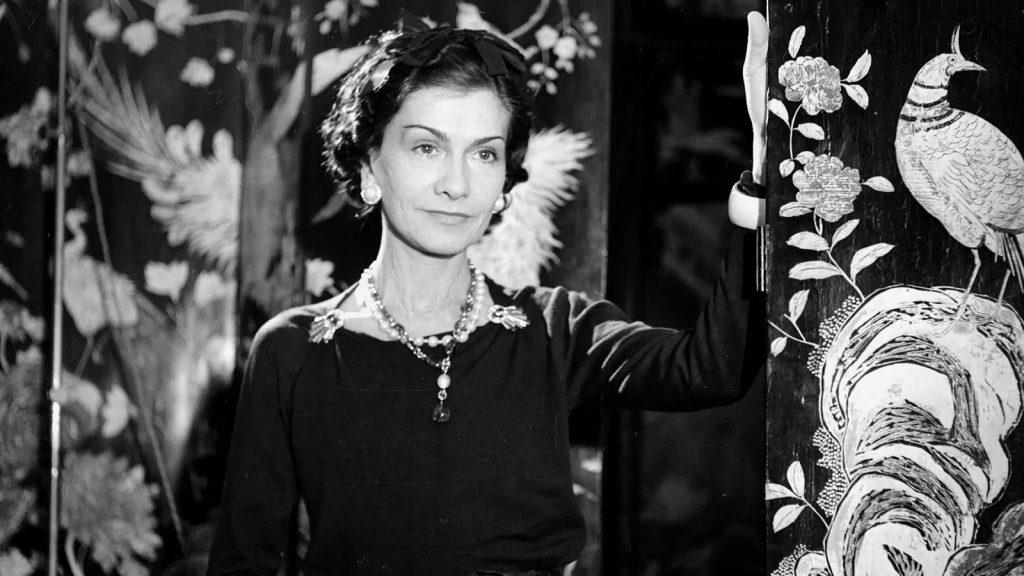
Conclusion
Coco Chanel once said, “I don’t do fashion, I am fashion.” This bold statement accurately encapsulates her contributions to the fashion industry. As a pioneering designer, she not only redefined femininity through her elegant and simple styles but also brought comfort to the forefront of luxurious fashion. Reflecting on her enduring influence is to understand that Coco Chanel didn’t just create clothes; she created a legacy that reshaped the fabric of fashion, empowering women to embrace a future carved out of progressive and timeless style. Though she has departed, her spirit and her designs continue to animate the vibrant world of fashion.
FAQs
Q1: What were Coco Chanel’s most significant contributions to the fashion industry?
A1: Coco Chanel’s most significant contributions include pioneering the little black dress, introducing the minimalist yet elegant Chanel suit, and launching one of the first perfumes named after a designer – Chanel No. 5. Her approach to bringing comfort, practicality, and sophisticated style into women’s wardrobes completely revolutionized fashion in the 20th century.
Q2: Why is Coco Chanel considered an iconic figure in women’s emancipation?
A2: Coco Chanel is heralded as an icon of women’s emancipation for her innovative designs that aligned with the liberation of women from the stuffy, ornamented clothing of earlier times. Her styles allowed women the freedom of movement and a sense of independence, closely mirroring their social advancements.
Q3: What was controversial about Coco Chanel’s personal life?
A3: Coco Chanel’s personal life drew controversy, mainly due to her relationships with prominent figures and her suspected collaboration with the Nazis during the German occupation of France, which led to her interrogation by the French Liberation forces. Despite no formal charges, this aspect of her history remains a contentious subject.
Q4: Can you explain the importance of the Chanel No. 5 perfume?
A4: Chanel No. 5 perfume distinguished itself by being one of the first perfumes named after a fashion designer. Its unique blend of over 80 scents was a departure from the single-note fragrances prevalent at the time. Chanel No. 5 was not just a product but also a bold statement on luxury and modern femininity, remaining a global bestseller to this day.
Q5: How does Coco Chanel’s fashion philosophy resonate today?
A5: Coco Chanel’s fashion philosophy championed elegant simplicity and practical beauty, values that continue to resonate within modern fashion. Today, Chanel’s belief in ‘less is more’ and the marriage of style with comfort continues to be echoed by designers and brands who remember her credo that “”Fashion fades, only style remains the same.
